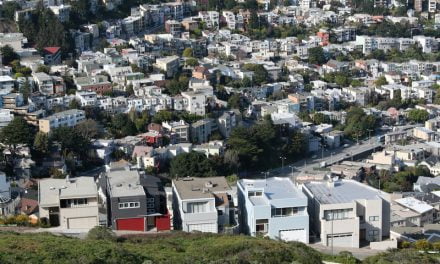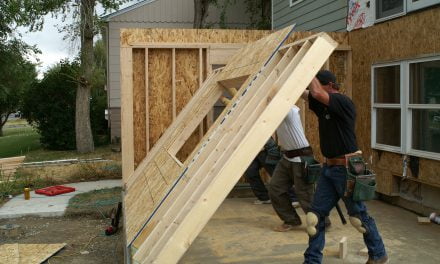The formula is simple enough: Better school district = Higher home prices. Or, might it be more complex?
A St. Louis Federal Reserve study finds good school districts create a snowball effect on a community, as home prices increase beyond what is expected from the simple premium of good schools. In other words, communities with good public schools aren’t just attractive to parents. The increasingly concentrated wealth of the community makes it an attractive place to live for all.
For example:
The median home sale price in the Los Angeles suburb of Claremont was $635,000 in April 2015. In neighboring Pomona, the median home sale price was $335,000-$430,000 (depending on the Pomona zip code), according to CoreLogic.
These two communities are literally right next door to each other. So why are home prices drastically more expensive in Claremont?
The price difference is partially explained by the vastly different public school performance in the two areas. Their school rankings, according to School Digger are:
- for Claremont, towards the top of the state, at 173 out of the state’s 782 school districts; and
- for Pomona, towards the bottom of the state, at 655 out of 782 school districts.
Of course, school performance and property values are symbiotic — when property values rise, property taxes on newly sold homes increase, allowing more money to flow into local schools. Schools perform better, increasing demand for homes in that school district, which cause prices to rise and property taxes to increase, adding fuel to the cycle.
The community with the better school district tends to display manicured lawns, spacious parks, charming shops and even access to popular public transportation options like Metrolink or BART stops.
The less expensive community with weaker school performance is often more crowded, has fewer green spaces, and access to public transit is limited to bus service (at best).
When relatively wealthy families move to the area with the better school district, local services gradually improve and it eventually becomes more exclusive, thus enhancing the appeal for other wealthy families. It’s cool to be part of the in-crowd, after all (think: Laguna Hills).
While not inherently bad, the snowball effect good school districts have on local property values can lead to a widening rift between those who can pay to send their kids to good schools — and those who can’t.
All of this goes to show the importance of investing in local schools. There are several large-scale solutions to fixing broken school systems. Cincinnati, Ohio is a helpful case study for superintendents and school principals looking to turn their schools around. But here in California, Proposition 13 (Prop 13), which essentially limits property taxes, is a huge detriment to public schools across the state.
57% of the public school budget comes from state funds and 23% of the funds come from local property taxes, according to the Public Policy Institute of California. (Lottery sales make up 2% of California school funding). Before Prop 13, the majority of funding came from property taxes, with the state providing supplementary funding where needed. Now that property taxes are capped, there simply isn’t enough funding to keep our schools in good shape.
Until inadequate funding for schools is addressed, expect home prices in neighborhoods with well-established quality schools to continue to rise well beyond their less academic neighbors.















To piggyback on the Claremont/Pomona example… In east San Diego County the communities of Poway and Ramona were very similar in the mid-1970’s. They both had a rural atmosphere with an emphasis on horses, country music, and rodeos. Community leaders in Poway decided that better schools can change the character of a town. Today the schools in both communities rank in the top 10 in California. The price and quality of the residential neighborhoods are illustrative of this article, but also, so is the shopping and services available to the residents. Poor neighborhoods such as Southeast San Diego don’t even have a supermarket. While upscale communities are sought after locations for most any merchant. Fine restaurants create higher tax revenue and can pay higher rents. The point is, any community can make the choice, just as Poway and then Ramona did in east county San Diego.
If it weren’t for California’s Prop. 13 and HJTA(Howard Jarvis Taxpayers Association) protecting us homeowners, we would be taxed right out of our homes! Homeowners bare the burden of school(USD) bonds, college bonds, water district fees, mosquito abatement fees, parcel fees and more. This should not be a burden just on homeowners but shared with the residents of all of California who enjoy living in our state. California collects the most and highest taxes of all states and they are now attempting to remove Prop. 13! Contact HJTA now to join the fight to keep Prop. 13! Save our homes!
Another slam against prop 13. Any homeowner who is not a member of HJTA should have their head examined.